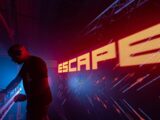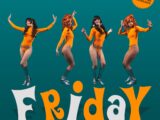Mortal Prophets takes us back to The Laurel Canyon with ‘Lost Sessions’: An exploratory time capsule recorded straight out of the Hollywood Hills
By Edwin Fairbrother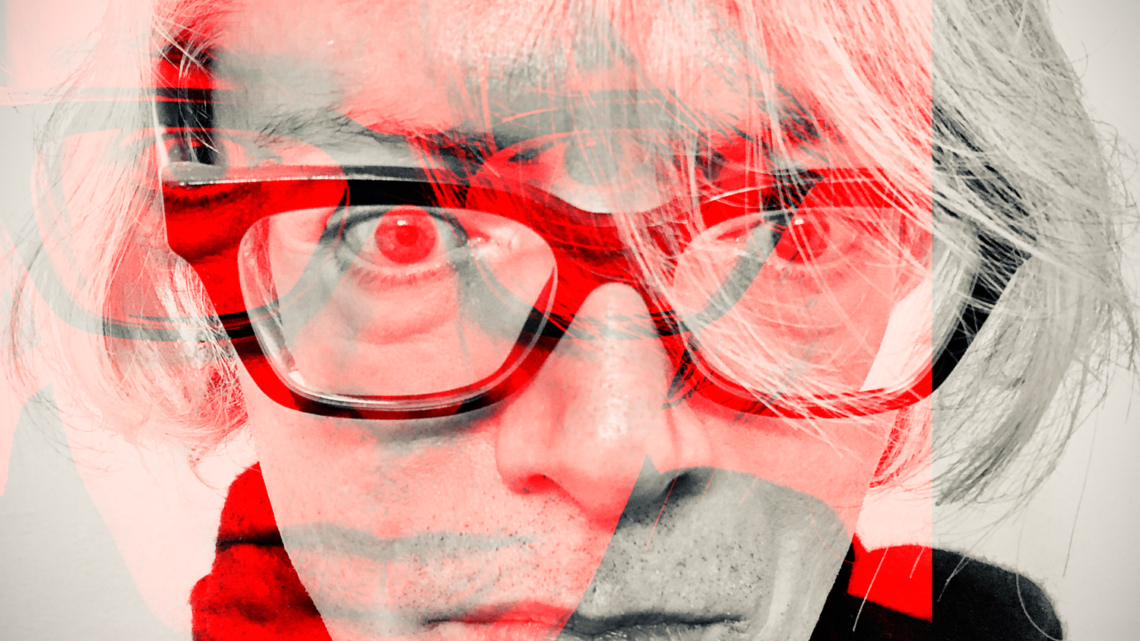
Extended Album Review: Mortal Prophets The Laurel Canyon Lost Sessions
For people who like…psychedelic rock, sixties rock ‘n’ roll, experimental rock.
Mortal Prophets pays homage to sixties sonics, revisiting the psychedelic golden era with his latest album – The Laurel Canyon Lost Sessions revisits the vibes and ethos of this groundbreaking period with an experimental collection of songs that ooze nostalgia. Mortal Prophets himself tells us all about this bohemian sanctuary nestled in the Hollywood Hills and the new album, sure to excite any fans of psychedelia.
Despite having a strong affinity for the sixties as a decade and being an avid fan of psychedelic music, I was completely unaware of The Laurel Canyon as an important location in this period, and its significance with sixties culture and psychedelic music.
Well, if there’s one thing that not only has informed me all about Laurel Canyon, but also made me want to take a trip over to this cool enclave nestled deep in the Hollywood Hills, it’s listening to Mortal Prophets’ latest psychedelic project and speaking to him all about it…
For anyone unaware of The Laurel Canyon, it’s now a quiet tucked away suburb of LA nestled in the Hollywood Hills, but during the late sixties this place was an epicentre for creativity, psychedelia and counter-culture – something of a prominent apotheosis of sixties values deep in the hills of southern California, frequented by such groundbreaking artists as Joni Mitchel, The Byrds and Love.
“…a place that feels like its own world – raw, mystical, and untamed. In the sixties, it became a haven for artists, dreamers, and wanderers, where music flowed as naturally as the air itself.”
The first track of the album Tune In instantly exudes themes of psychedelic musical exploration Mortal Prophets so fondly talks to me about; as does second song The Trip, being a quintessential example of sixties sonic experimentation with its off-key sounds and trippy vibes.
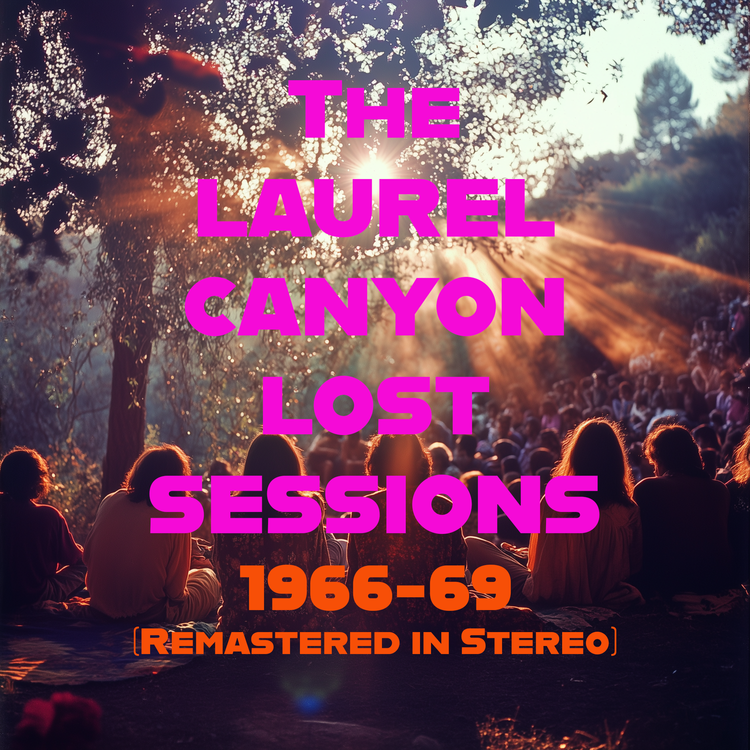
“[Laurel Canyon’s] quiet, sun-dappled chaos inspired the unfiltered, psychedelic undercurrent of the album. It’s a tribute to the place where sonic exploration and freedom were born.”
When Mortal Prophets went and stayed at Laurel Canyon for a month to write and record the album, he was completely taken back to the sixties with late nights of musical experimentation and mindfully ephemeral recording sessions fostering a very present creative flow. His description of his fondest moments from this trip not only highlight an abundant creative freedom, but also tells us that this place, at least to some degree, still has it.
“It felt like inhabiting a time capsule. Late nights at Sunset Sound with vintage amps humming, and the Moog synthesizer droning like some cosmic machinery. My fondest moment was improvising on the fuzz guitar at 3am, the distortion echoing off the studio walls. There was no sense of time, only pure creation.That freedom, that connection to the music, is why I do this.”
And if there’s one track in which the Moog synthesizer chimes in no holds barred, it’s Lookout Mountain – a groove fest of a song in which I can’t help but really feel one of John’s vivid descriptions while listening “…this is what it must have felt like when the sixties swirled around in real time.”
While this place today might have retained some of its magic, there’s nothing like the energetic feel-good anthems of Whisky a Go Go and Sunset Strip to really take us back to this place during its heyday – with Prophets describing both tracks as “sonic postcards of a time when the Strip was electric” while alluding to their differences (below).
“Whiskey a Go Go is hypnotic and driving, like headlights on Sunset Boulevard, capturing the chaos and allure of that iconic venue. The message is one of freedom – living fully, unbound by time. Sunset Strip, on the other hand, drifts through the dreamlike lens of memory.”
And the electricity doesn’t stop there, with Spaced Out coming with plenty of vigor and vitality in the form of good old fashioned rock ‘n’ roll. For any stickmen out there, the drums on this one particularly are fire. Stardust Soul brings back the far out trippy magic, with heavy distortion, groovy rolling bass guitar, and lots of spaced out samples and effects.
The sixties soul of these songs are more than convincing. So much so in fact, that before actually speaking with Prophets, I was almost entirely persuaded by the music that this album was actually written and recorded in the late sixties. While he told me that it wasn’t, he detailed the obviously heavy influence the era, as well as this specific location, had on the making of this album.
“The album is deeply influenced by the golden age of psychedelia: the experimentalism of early Pink Floyd, the wistful haze of Love’s Forever Changes, and the improvisational soul of The Doors. The surroundings of Laurel Canyon were equally influential; you could still hear whispers of Jim Morrison and see remnants of Joni Mitchell’s bohemian touch.”
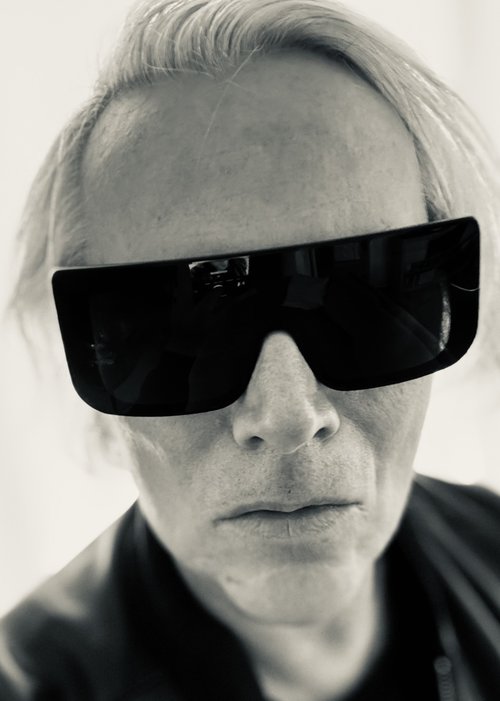
The final two tracks are Astral Rays – a robust and hardy ode to transcendence with layers of synths that “…pulse like distant stars, while guitars shimmer like fading sunlight.” And Surf Lodge Psycho – an intriguingly titled dark and raw “acid-drenched fever dream where surf culture collides with madness.” Both songs are said to reflect the beauty and danger of Southern California’s surreal landscapes.
“Astral Rays is an instrumental journey that floats between dimensions. It’s about escaping the mundane, surrendering to the pull of unseen forces. Surf Lodge Psycho is the opposite side of the coin. I wanted it to feel as if the listener is trapped in a Lynchian beach movie, where nothing is as it seems.”
Right before I finish speaking with Mortal Prophets he makes an extremely compelling and significant statement about sixties music compared with that of today, and how this album is an attempt to revisit the raw, authentic, ground-breaking and experimental creative ethos of this psychedelic period. And it all boils down to one thing artists in that time seemed a lot more willing to do; take risks, get lost in the unknown, and be themselves.
“In the sixties, music wasn’t polished to perfection; it was alive, full of imperfections and mistakes that often led to genius. Today, everything feels sanitized and algorithmically designed. The sixties were about breaking boundaries and capturing authenticity in the moment. I’m trying to revive that ethos by embracing spontaneity – recording live, using vintage gear, and letting the music guide itself.”
In addition to instilling a curiosity in me to go and check out this place right now, listening to this album and hearing avid descriptions of Laurel Canyon back in its golden era fills me with a deep wistful nostalgia and yearning to experience this place during the first summer of love.
But whether travelling back in time, or flying on over to LAX right now, listening to The Laurel Canyon Lost Sessions has above all left a sixties shaped imprint on my soul that’s very hard to shake off.
Editors Note:
With this interview written up before the recent L.A. fires, SoundSight Mag would like to offer our thoughts and prayers to the L.A. residents that have lost their homes, and the people of Laurel Canyon during this very difficult time.
To support the people negatively impacted by the recent wildfires, click HERE.


